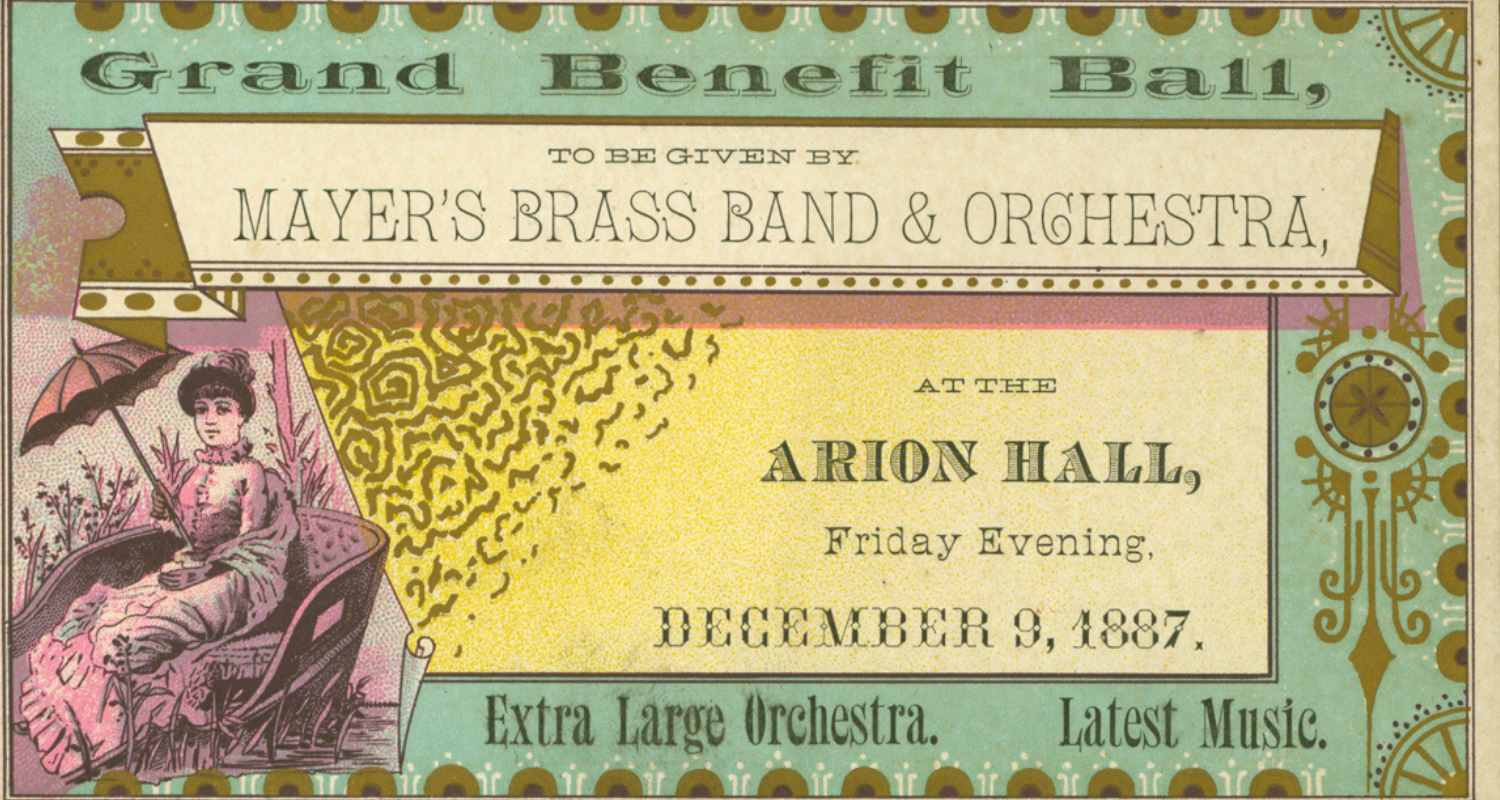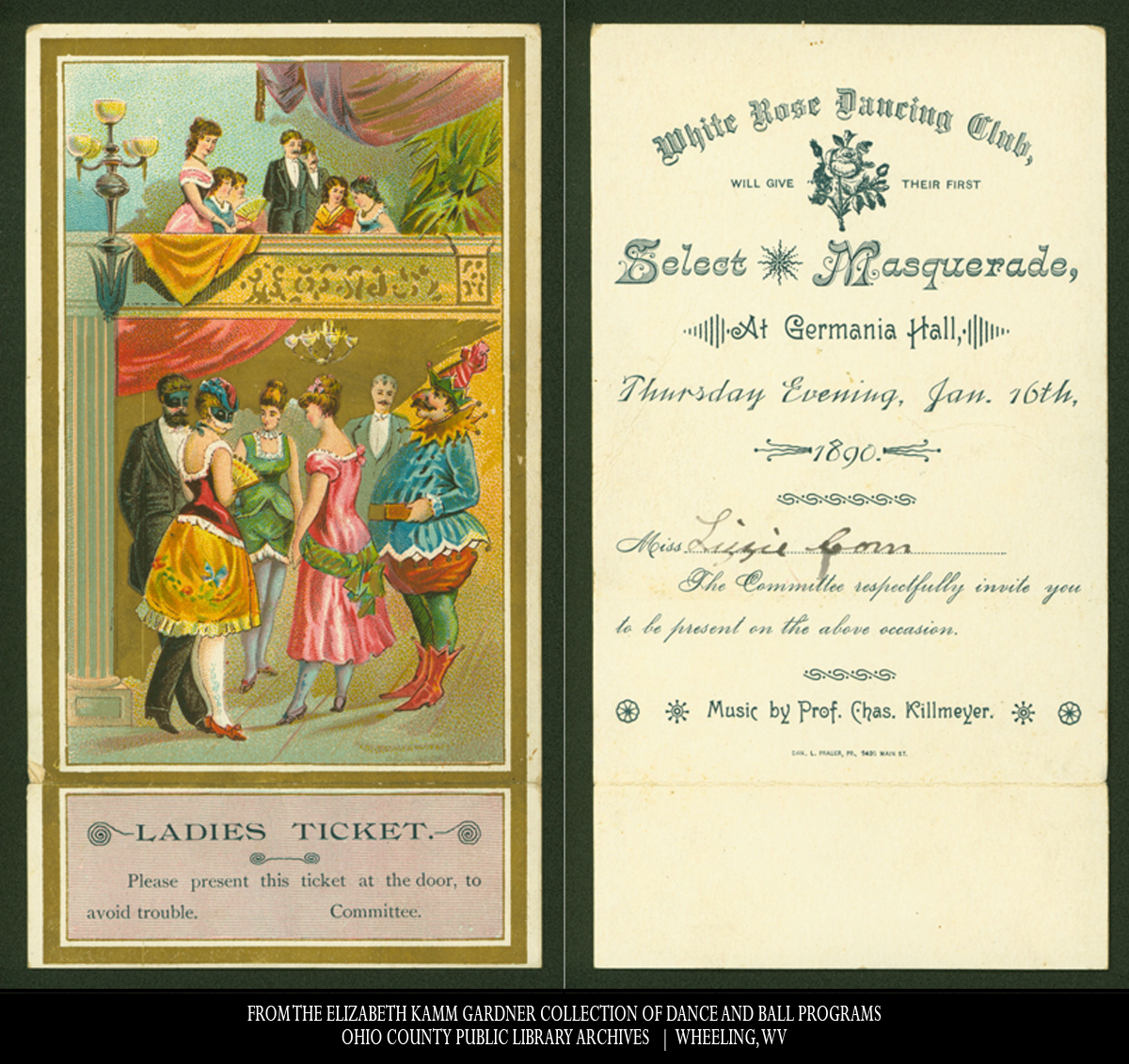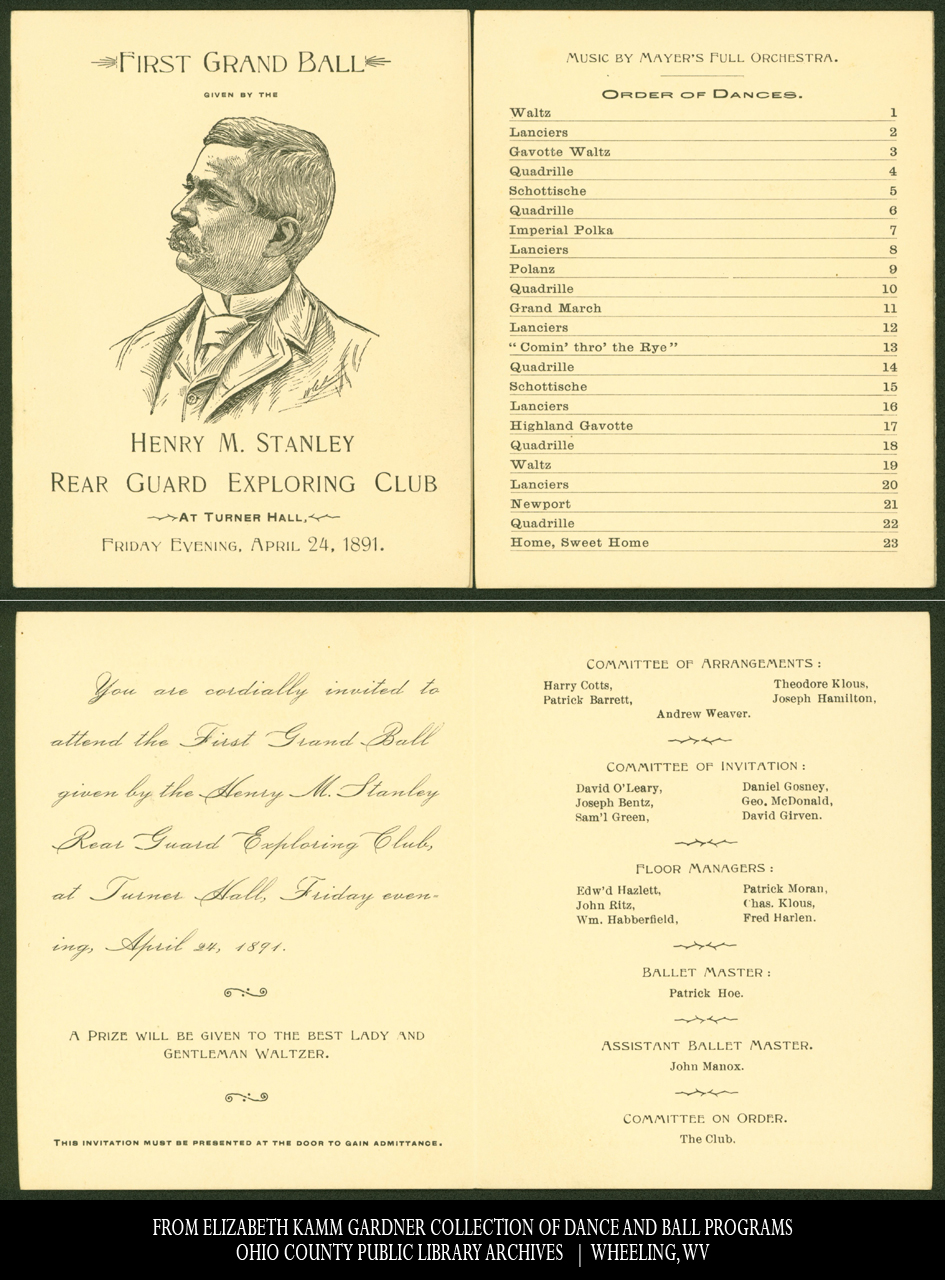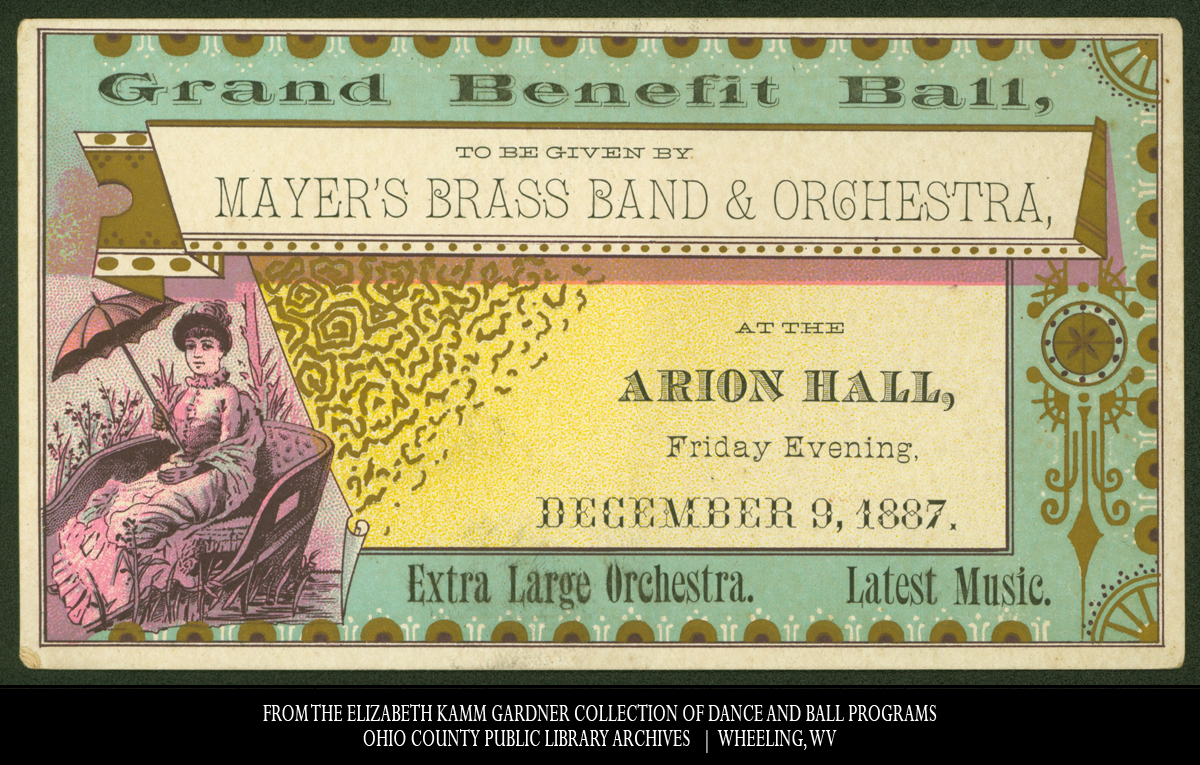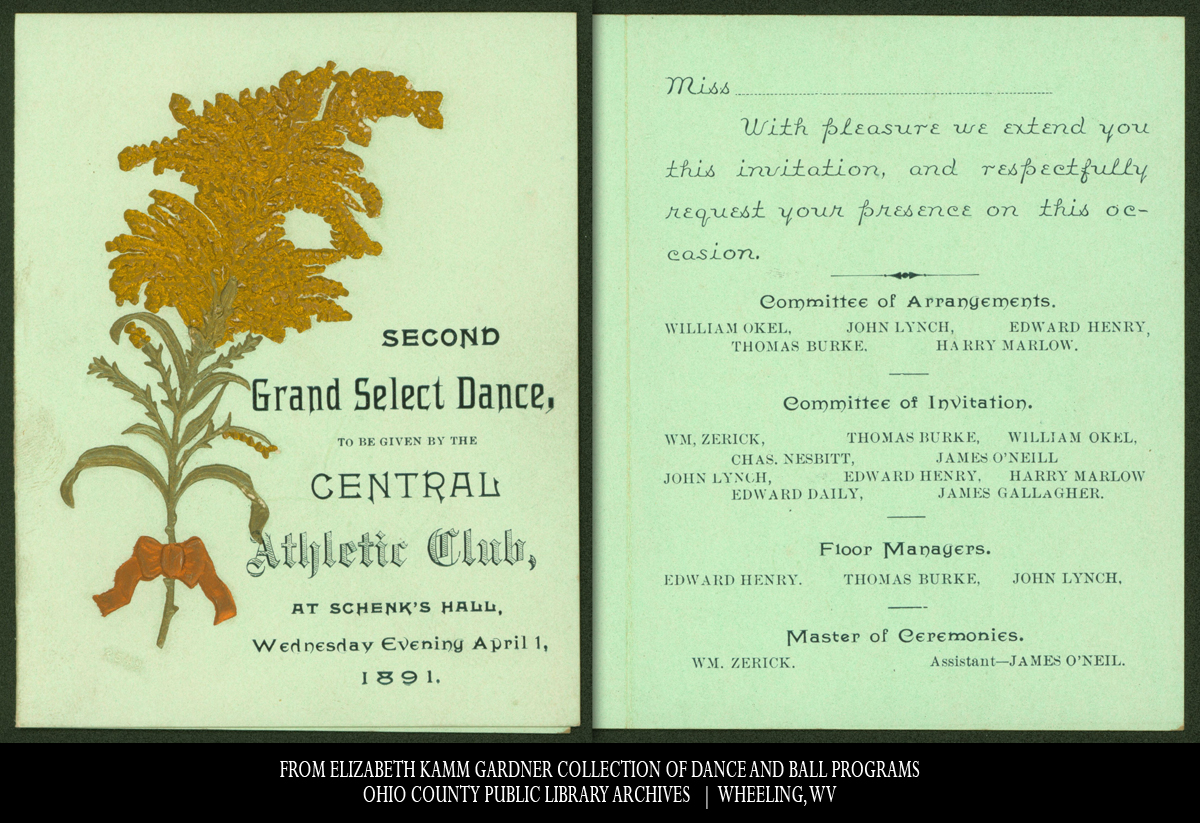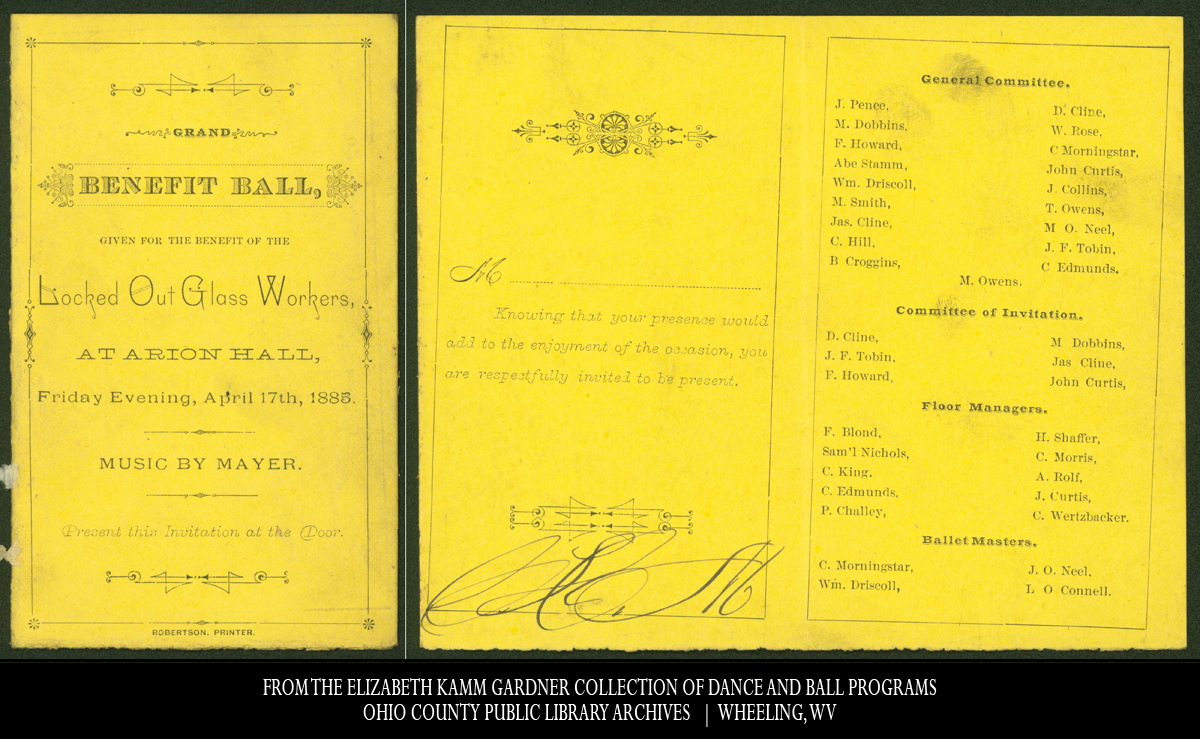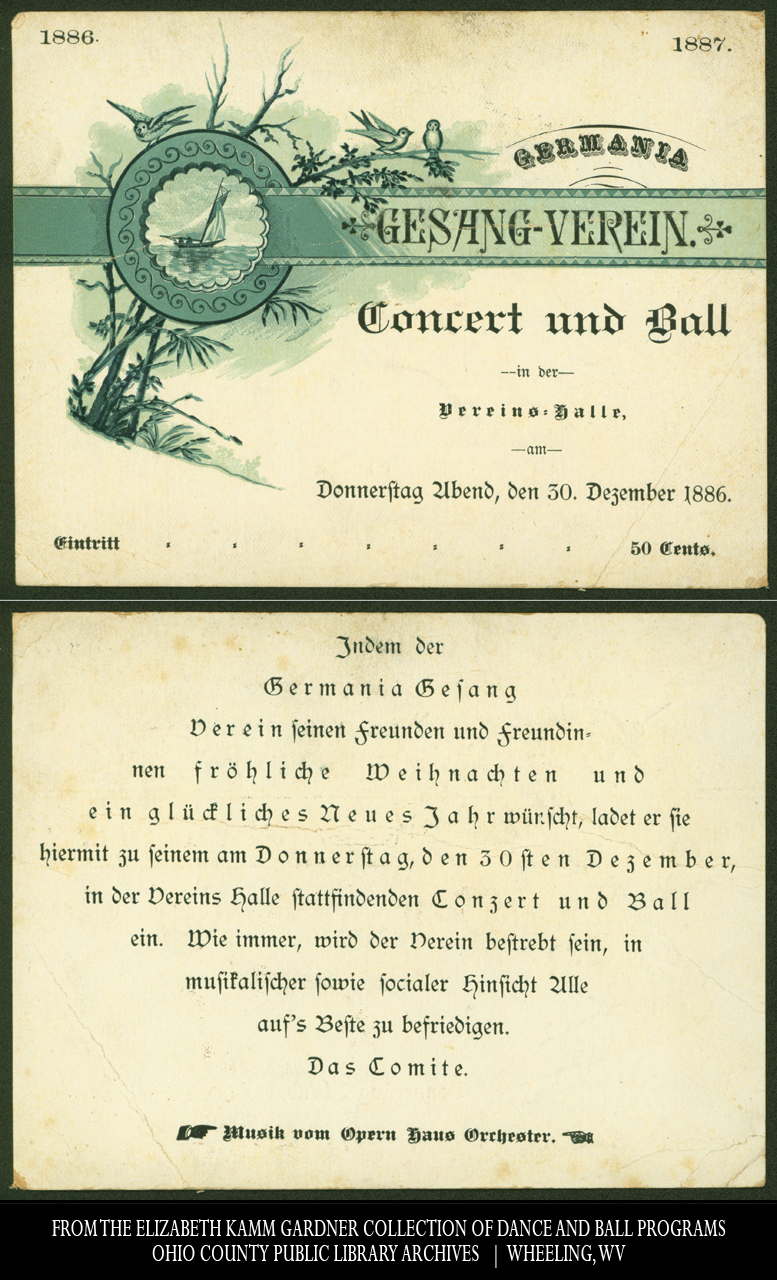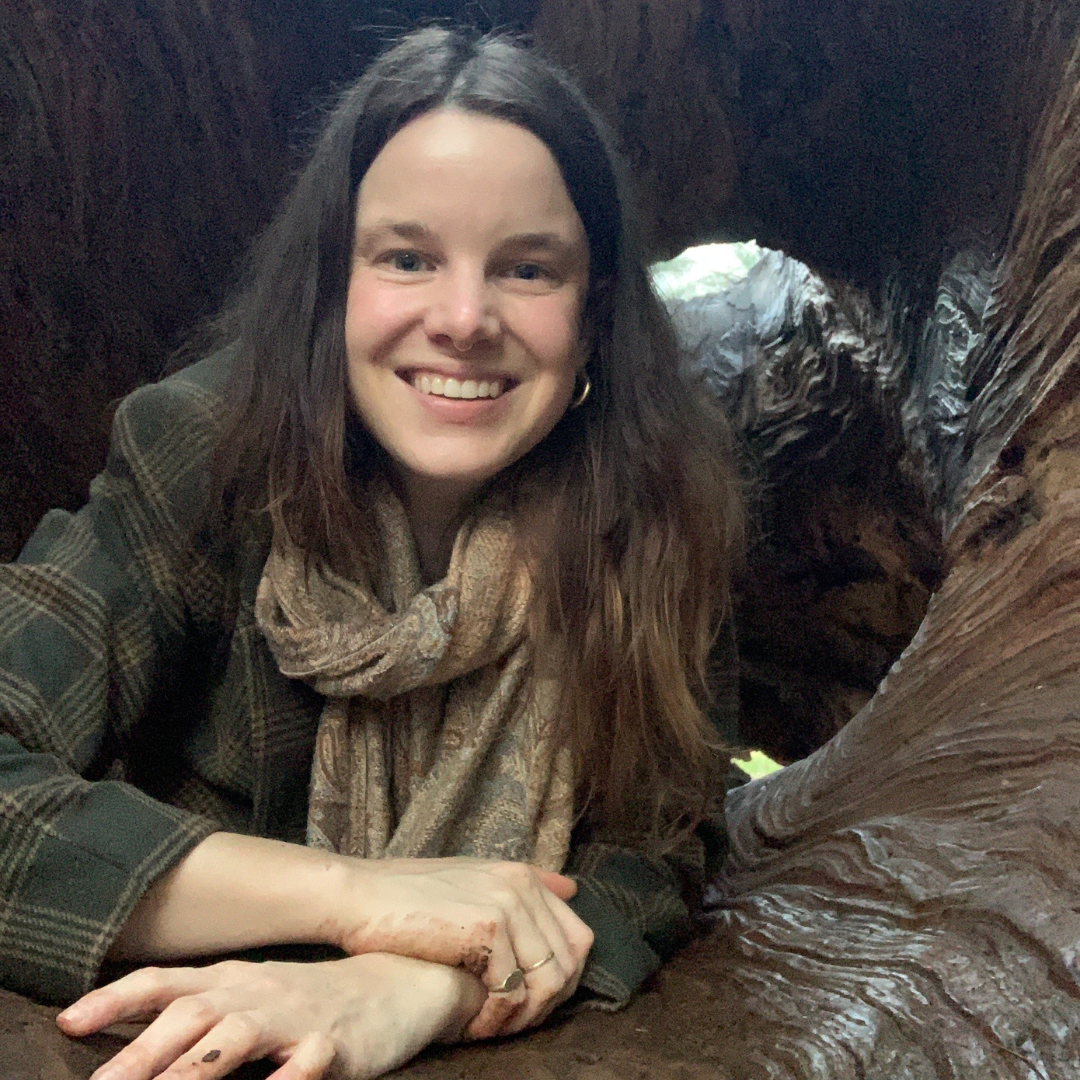What was your 18th birthday like? Maybe it was a mad dash to the convenience store for lottery tickets. Perhaps for those of you who hit this milestone in the 1970s, it meant buying your first beer.
While the specifics of this rite of passage may differ throughout the years, the sudden onset of freedom and possibility the 18th year brings is timeless. For some young women in the Gilded Age (c. 1870 -1900), turning 18 meant “coming out” into society. Once someone was “out” they could – with an eye to decorum and propriety – attend public social events and even date freely. Such was the case with Elizabeth Kamm Gardner, a Wheeling socialite who attended her fair share of social events in the mid-to-late-1800s.
The Wheeling Socialite
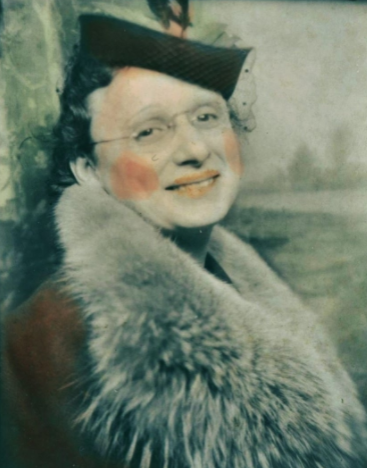
Elizabeth “Lizzie” Kamm was born in Wheeling in 1865 to German immigrant parents, Andrew and Sophia Cramer Kamm.1 After the death of her father in 1881, her mother operated a confectionery shop out of their residence in the 2000 block of Main Street. 2 Over the years, Lizzie, her sister Katie, and their mother moved around the city and eventually found work in domestic service. 3, 4
Not long after her 18th birthday, Elizabeth was invited to a party. And another, and another, and another still. Her collection of dance cards and ball programs was recently donated to the Ohio County Public Library Archives, providing a unique look into the social calendar of Wheeling during the Gilded Age. For over a decade Lizzie was well-received at hops, grand balls, and parties.
Wheeling’s Social Season
Like other prosperous cities during the Gilded Age, Wheeling was home to a booming social scene. Unlike today, parties, dances, and costume balls were relegated to a specific time of year, typically the winter months.
This period beginning in late fall and going through early spring was called the “social season”’ The goings-on of this time were profiled in the society section of newspapers, where articles would run about how to dance the latest waltzes, how one ought to behave at a social event, and even a list of who attended the ball the night before.
Many may think of balls and dances as fancy events solely for the upper-crust of society. While that may be true for particular functions, the Elizabeth Kamm Gardner Collection of Dance Invitations and Ball Programs demonstrates how working-class Wheelingites were the backbone of the social landscape. With labor organizations, hunting groups, and literary societies as party hosts, these events represent a multitude of interests and identities in the city at the time. With invites going out to domestic workers like Lizzie and her sister, these parties were populated by workers as well as by society’s elite.
“A Great Deal of Hopping”
“There used to be a great deal of hopping, but now that is being done away with. It is going out of date. The tendency seems to be towards the glide– a dreamy, sensuous gliding into ecstasy.” 5
Party invitations in this collection provide few details for attendees. Prizes would occasionally be offered for best dressed or best dancers,
For example, the invitation for the First Select Calico Hop of 1888 notifies the attendee that “the Lady wearing the Neatest Calico Dress will receive a prize.” Many other invites included a schedule of dances for the evening and announced prizes for the best dancers.
If you wanted more information about what to expect at these parties, you could read about it in the newspapers of the time. The society section often updated its readership on changes in dance trends, how to behave at dances, as well as glowing reviews of the Wheeling social scene.
“Wheeling young men possess quite a comfortable amount of chivalry in their make-up, and there are few of them, if any, who would allow a young lady to feel lonesome or neglected. Perhaps, however, it is because Wheeling young ladies are so uniformly pretty and agreeable.”6
Last Chance, Last Dance
Embarking on the next chapter of her life as a married woman meant putting away her dancing days, both literally and figuratively. In 1893 Lizzie’s whirlwind socialite life came to a close. After attending a few dances early in the year, she married Joseph Gardner in April of that year. Shortly after, they left Wheeling to settle in Sherrard, West Virginia.
Lizzie’s collection of over 100 dance programs were safely tucked away to serve as treasured mementos from days gone by. This act of sentimentality preserved information about the days of her youth and provided a record of events, organizations, and locations that no longer exist in modern-day Wheeling.
Want more of Lizzie’s collection? The Ohio County Public Library currently has a selection of Dance Cards and Ball Programs on display in a case near the circulation desk.
• Kate Wietor is currently studying Architectural History and Historic Preservation at the University of Virginia in Charlottesville, Virginia. She spent one glorious year in Wheeling serving as the 2021-22 AmeriCorps member at Wheeling Heritage. Since moving back to Virginia, she’s still looking for an antique store that rivals Sibs.
References
<sup>1</sup>Elizabeth Kamm Gardner Collection of Dance and Ball Programs, 1882-1893. [Finding Aid]. Ohio County Public Library Archive, Wheeling, WV.
<sup>2</sup>W.L. Callin’s Wheeling Directory (Wheeling, VA: 1882)
<sup>3</sup>W.L. Callin’s Wheeling Directory Supplement (Wheeling, VA: 1889)
<sup>4</sup>W.L. Callin’s Wheeling Directory (Wheeling, VA: 1890)
<sup>5</sup>Wheeling Sunday Register, October 6, 1889. Pg 5.
<sup>6</sup>Wheeling Sunday Register, December 9, 1888. Pg. 5.


